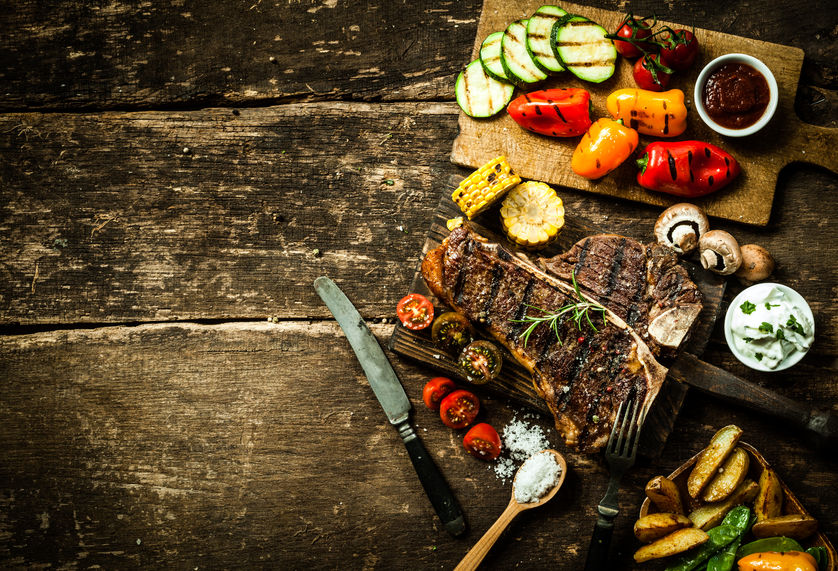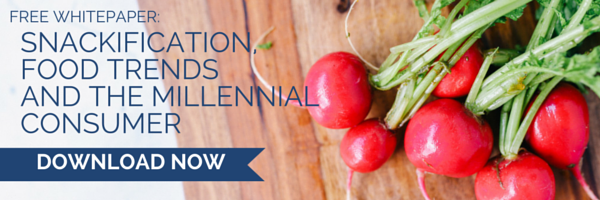
Grocery shoppers' habits continue to change and evolve. While it's expected that the sales of frozen and shelf stable foods will be flat over the next decade, sales of fresh made-in-store foods are expected to increase by 7.5% a year. So, how can makers of long shelf life foods win more market share in a stale category? By continuing to adapt and change to fulfill buyers' needs.
Move toward Organic and Sustainable Practices
In 2014 alone, organic food sales increased by 11%. Consumers are more educated and want to know more about where their food comes from. In your shelf stable offerings, move toward organic and natural preservatives. Experiment with reducing packaging and using more sustainable and recyclable materials. Many big food producers are already moving in this direction in efforts to keep grocery shoppers happy.
General Mills has removed GMOs from Cheerios and cut the sugar in Yoplait yogurt by 25%. Chicken producer Tyson has addressed consumer concerns by eliminating the use of human antibiotics in its birds. Kraft Foods has taken artificial colors and preservatives out of the recipe for its mac and cheese.
Companies may also want to look to ways to bring smaller existing organic companies into their portfolios. When Campbell was battling reduced sales of their flagship Campbell's soups, they began looking in the fresh food and beverage sections. What they found was successful smoothie company Bolthouse Farms. They purchased the company for $1.56 billion when it went up for sale in 2012. It now produces $800 million in sales per year. While this represents only a tiny portion of the Campbell portfolio, shoppers' moves toward fresh and organic makes it a good long term bet.
Go Upscale
Luxury and specialty foods are another area that is expected to see continued growth even as sales of midrange shelf stable products decline or stay flat. In fact, sales of specialty and upscale foods have increased 8% in the past two years. Among those specialty foods that have been seeing the most growth are coffee, nut and seed butters and chips, pretzels and other snacks—especially protein-based snacks. Items that include pickles and tea are also seeing more growth in their specialty segments than in their mainstream components.
What products in your portfolio are due for a luxury makeover? Items from cookies to beef jerky are ripe for changes and improvements that make them an extra special indulgence for shoppers.
When it comes to specialty foods, don't just think in terms of natural or premium ingredients. Shoppers also react well to food that feels special or different. It may be something that reminds them of a place that they have traveled to or food that has been shared with them by neighbors from other parts of the world. Foods with unusual tastes are also likely to be successful with modern consumers who are expanding their palates and trying out more new things than ever before.
Shoppers also react well to foods that have great origin stories. They like ingredients with history and a story. So, when sourcing new recipes and new ingredients, keep in mind those that come with a history will resonate with your potential buyers. These stories help customers find the sort of connection with food that they usually seek when shopping for sustainable or locally grown options.
Big brands have long histories with shoppers. High-level brand recognition can be a boon when it comes to preserving relationships. But, only if you are able to show grocery shoppers that your shelf stable foods have changed with the times and with those shoppers' tastes. By listening to your customers and adapting to their current tastes and needs, you can keep them loyal for years to come.







